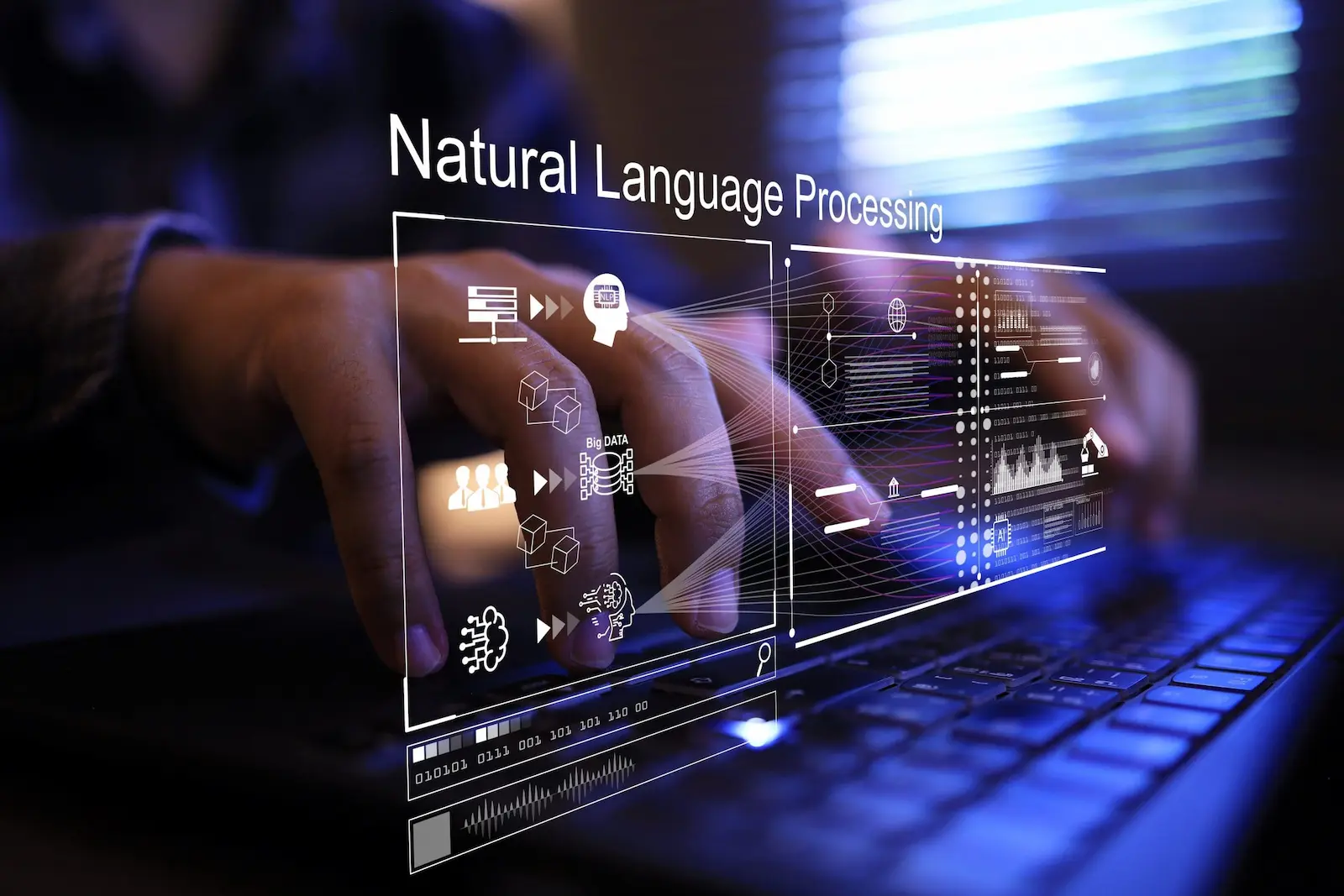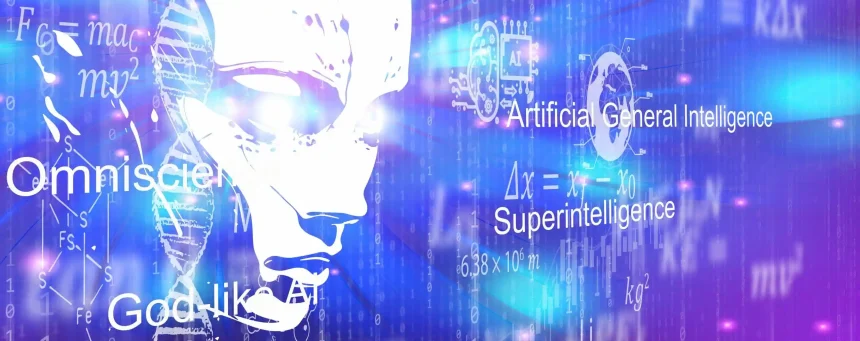In a bustling coffee shop in Silicon Valley, Dr. Maya Chen sips her latte, her eyes fixed on her smartphone. She speaks into it, her words a blend of Mandarin and English. The phone doesn’t miss a beat, translating her mixed-language musings into perfect French for her Parisian colleague on the other end of the line. Across the cafe, a teenager chats animatedly with what looks like thin air. But listen closely, and you’ll hear responses in a voice indistinguishable from human speech. He’s conversing with his AI tutor, drilling through quantum physics concepts as easily as if he were gossiping about the latest TikTok trend. Welcome to the brave new world of Natural Language Processing (NLP) and Conversational AI—where the Tower of Babel has been replaced by a skyscraper of seamless communication, and machines don’t just compute, they converse.
- From ELIZA to GPT: The Evolution of Talking Machines
- The Syntax of Silicon: Decoding NLP’s Core Concepts
- AI Babel Fish: Breaking Down Global Language Barriers
- The Ethics of Eloquence: When Machines Speak for Us
- Beyond Words: The Future of Human-AI Communication
- Your Voice in the Machine: Shaping the Conversational AI Landscape
“We’re not just teaching machines to understand language,” declares Dr. Fei-Fei Li, her eyes alight with the fervor of a digital revolutionary. “We’re redefining the very nature of human-machine interaction. It’s not about making machines more human-like; it’s about creating a new form of symbiosis between human and artificial intelligence.”
But not everyone’s ready to sing “Kumbaya” with their AI chatbot. “As we make machines more linguistically adept,” warns Dr. Kate Crawford, her tone as sharp as her critique of AI ethics, “we risk outsourcing our capacity for nuanced communication to algorithms that don’t understand the weight of words.”
The numbers, are enough to make even the most jaded Silicon Valley VC’s head spin. The global NLP market is projected to balloon to a mind-boggling $63.37 billion by 2030. That’s more than the GDP of many countries, all dedicated to making machines chat like us. Here’s the eye-opener: 90% of businesses using conversational AI report faster handling of calls and complaints. It seems we’re not just talking to machines; we’re letting them do the talking for us.
As we dive deeper into this linguistic labyrinth, we’ll explore the promises, perils, and downright mind-bending possibilities of AI that can speak our language—perhaps better than we can ourselves. Are you ready to have a heart-to-heart with an algorithm? Or does the thought of machines mastering the art of gab make you want to take a vow of silence? Let’s find out.
Overview:
- Uncover the journey from rule-based chatbots to deep learning language models.
- Explore the core concepts that make machines understand and generate human language.
- Dive into the global impact of AI-powered translation and communication tools.
- Grapple with the ethical quandaries of machines that can mimic human speech.
- Glimpse a future where the line between human and AI communication blurs.
- Learn how you can influence the development of these technologies.















